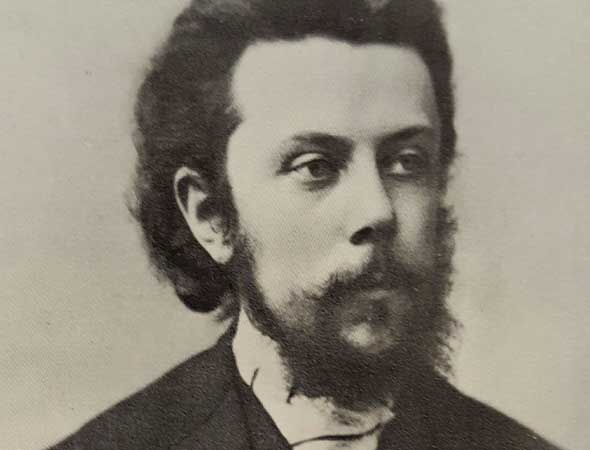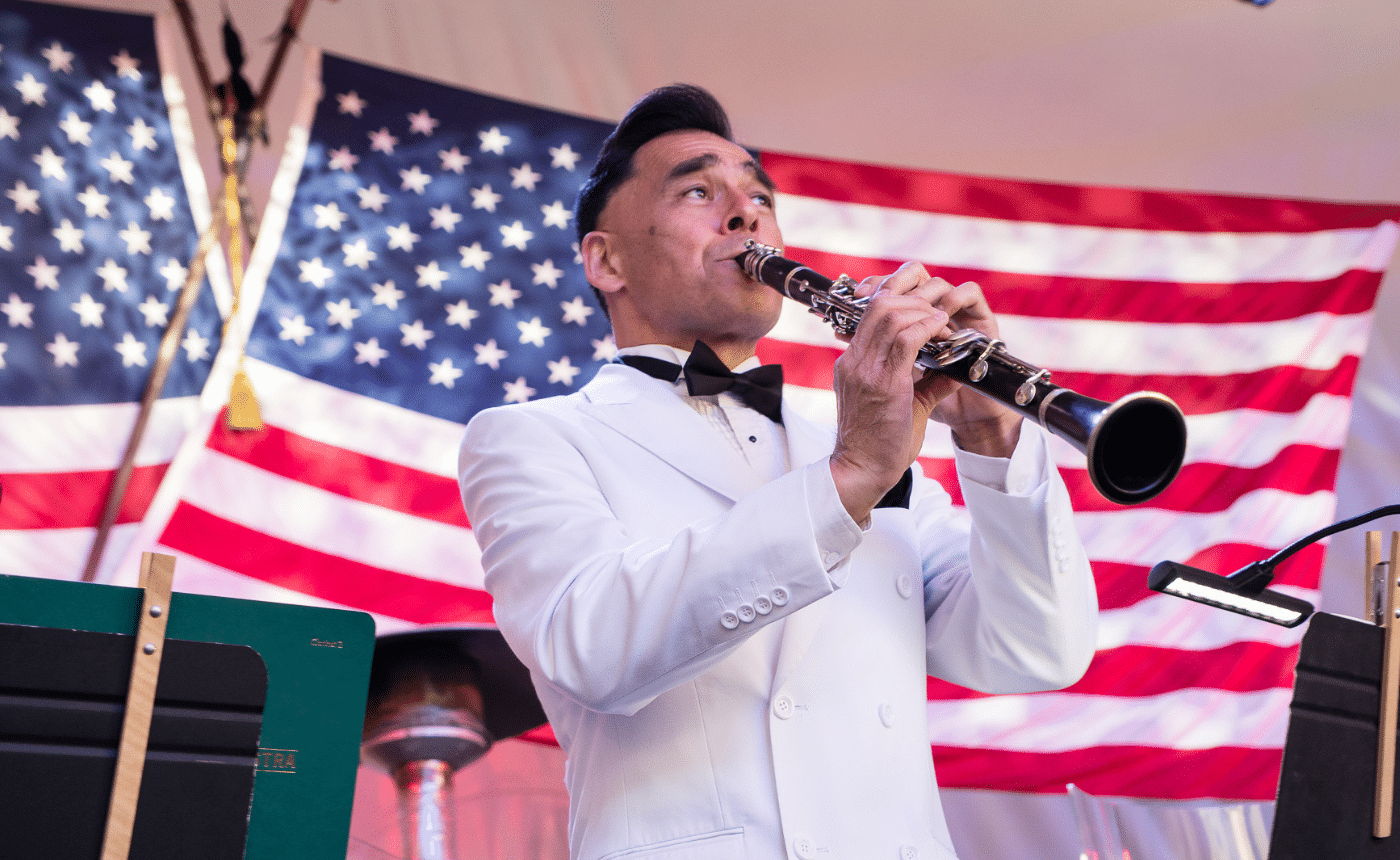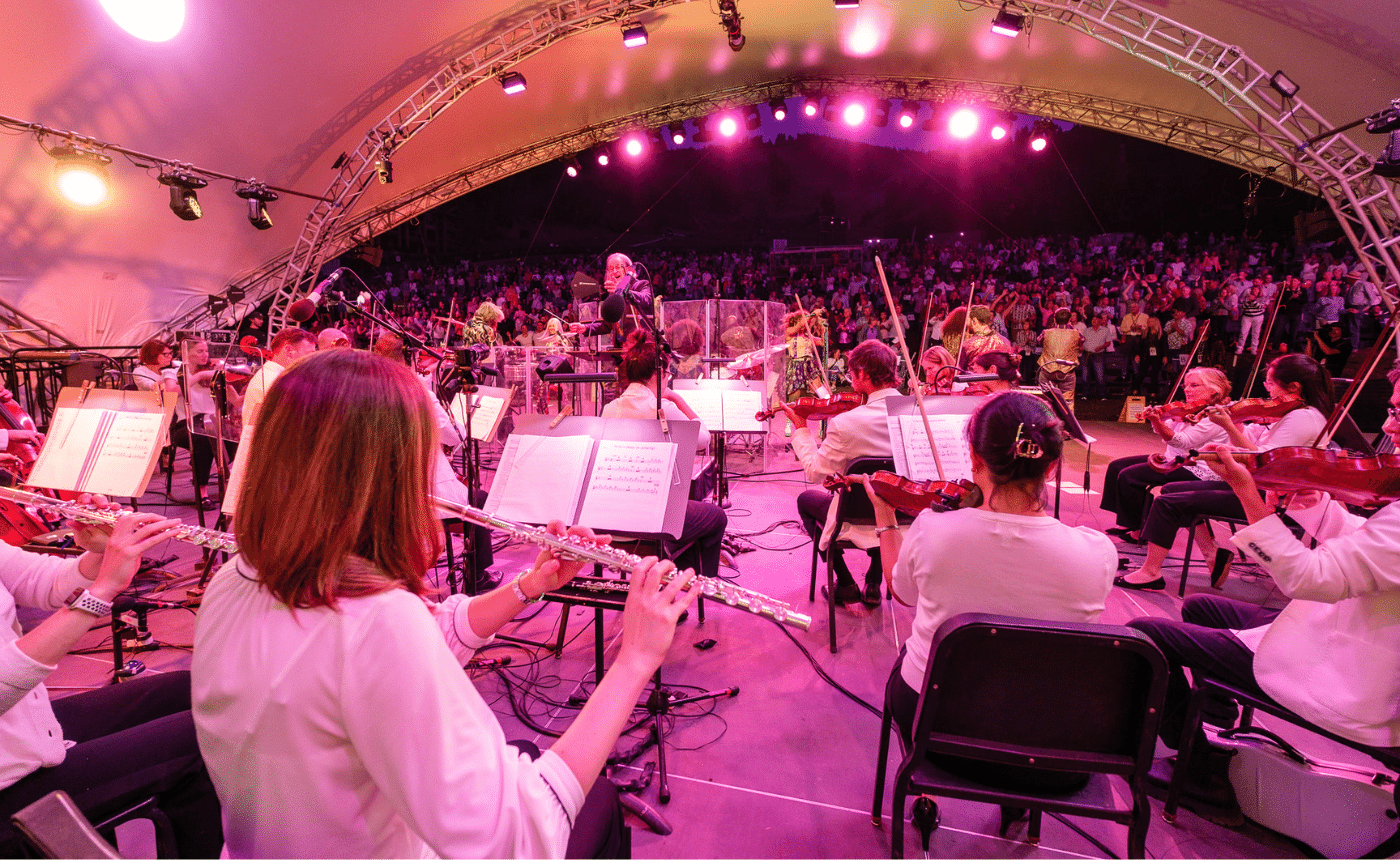MUSSORGSKY: Prelude to Khovanshchina
by Jeff Counts
THE COMPOSER – MODEST MUSSORGSKY (1839–1881) – If melancholy were a job, Mussorgsky would have enjoyed a very successful career. Haunted by the loss of his dear friend, Victor Hartmann (the inspiration for Pictures at an Exhibition), and left alone after his roommate Arseny Golenishchev-Kutozov moved out of their tiny shared flat to get married, Mussorgsky in 1874 was drinking a lot and wallowing in the misery of his own mortality. The departure of his friend Golenishchev-Kutozov was particularly tough on the composer, as the two companions (who were distant relatives) had shared a bond over the gloomy poetry Arseny wrote. In fact, the pair of song cycles Mussorgsky composed with Arseny’s words have titles that capture his mood at the time perfectly—Sunless and Songs and Dances of Death.

THE HISTORY – 1874 was not without some good news for Mussorgsky. Boris Godunov premiered with great public success that year, which for another artist might have signaled a professional pinnacle. But Mussorgsky was highly sensitive to the critical reactions to Boris, which ran counter to those of the audience and included some particularly harsh words from his colleague Cesar Cui. Mussorgsky was already lamenting the steady disintegration of The Five (the group of influential composers who defined a nationalistic Russian sound in the mid-19th century), calling them “traitors” in his letters, so the rebuke from a member of his squad hit very hard. Though incomplete at the time of his death in 1881, the opera Khovanshchina (The Khovansky Affair) may have provided a measure of intellectual solace for Mussorgsky. He began his slow work on it in 1872 and by 1874 had sketched out the present prelude in piano form. “The Introduction to Act I,” he wrote to a friend, “—dawn over the Moskva River, the matins of the cock-crow, the patrol, the taking down of the gate chains—and the first incursions into the action are already prepared.” Prepared, perhaps, but even Mussorgsky had to admit that the “incursions in the action” were not yet written down. He labored over the project for the rest of his short life, but its realization and orchestration were left to others, Rimsky-Korsakov most notably. The story of the drama centers on Peter the Great and his palace intrigues with the various groups bent on preventing his rise to ultimate power. Prince Ivan Khovansky was a leader of the old nobility who, along the implacable churchmen and the accommodating “Europeans,” is crushed under Peter’s boot. Though you wouldn’t know it from its peaceful introduction, the opera depicts a distinctly Russian (and distinctly current) struggle between old and new, and the brutal price such a conflict extracts from the combatants.
THE WORLD – Elsewhere in 1874, Denmark granted Iceland a constitution and limited home rule, Far from the Madding Crowd was published by English novelist Thomas Hardy, and cartoonist Thomas Nast first symbolized the American Republican Party with the image of an elephant.
THE CONNECTION – The Khovanschina Prelude has been performed rarely by Utah Symphony, most recently in 1992 under the baton of Joseph Silverstein.












